Curbing the use of electronic cigarettes (e-cigarettes) and vaping among youth is a priority of public health agencies and health services to prevent this population from health complications and reduce the loss of productivity and healthcare costs in the future. For public health analysts concerned about the use of tobacco and e-cigarettes, it is insightful to look at how social media might play a role in affecting beliefs and behaviors. Further, to understand the complete picture of the social media landscape on tobacco and e-cigarettes, it is also important to consider how youth interact with and respond to conversations about e-cigarettes across platforms. Armed with this information, appropriate, actionable, and effective social media-based intervention campaigns and policies can be implemented to combat the use of these harmful products.
Rather than utilizing the traditional approaches of simulation modeling and survey-based methods for public health research, which can be slower to collect and analyze relevant data, social media itself provides a unique opportunity to gather more timely, real-time information about youth’s daily activities. Although social media mining methods are routinely leveraged to understand customer behavior about brands, their use in public health research is underexplored. Faculty across multiple colleges at George Mason imagined that utilizing this non-traditional data could inform policy evaluation and implementation programs faster than what had been done in the past.

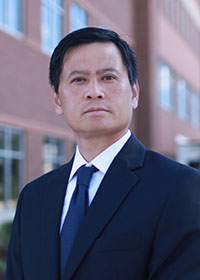
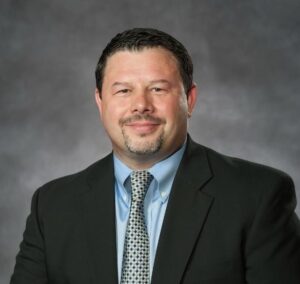
Thanks to a grant from 4-VA@Mason, a team with broad expertise in social media mining, public health policy, and epidemiology came together to examine the best way to move forward. Lead PI Hemant Purohit, Associate Professor in the College of Engineering and Computing, Department of Information Sciences & Technology at Mason, who studies Social Media Mining, connected with fellow Mason faculty member, Hong Xue, Associate Professor in the College of Health and Human Services, Department of Health Administration and Policy. Purohit and Xue then reached out to involve Bernard Fuemmeler of Virginia Commonwealth University’s Massey Cancer Center in an advisory role. Fuemmeler is a Professor in the Department of Family Medicine & Population Health, and Scientific Director for Health Communication and Digital Innovations. The team aimed to develop a social data-driven approach toward informing and evaluating intervention designs and policymaking to prevent e-cigarette/vaping use.
With the help of a former undergraduate student, Anuridhi Gupta (who has subsequently transitioned to the doctoral program at Mason) they began by reviewing theories used for guiding behavioral health interventions in public health literature and identified the relevant theory for this research, specifically Social Cognitive Theory. Based on this framework, they designed a study to look at a range of user intent classes in the conversations on e-cigarettes and vaping by examining behaviors across multiple social platforms, in particular, Twitter, Reddit, and YouTube. The team then created a novel resource of labeled data from Twitter and Reddit conversations to support research and development of social media mining tools to aid intervention designs for curbing e-cigarette/vaping usage.
From there, the team performed an extensive experimental analysis to examine the capability of machine learning-based automated classification systems to categorize social media posts into relevant intent classes, which could inform the development of a scalable analytical tool to assist public health analysts. Further, they identified insights on promoting or discouraging e-cigarettes and vaping on Twitter and Reddit by analyzing social media posts categorized with relevant intent classes using topic modeling and psychometric techniques. The analysis indicated that Accusational posts were the most prevalent on Twitter, indicating that the public often undermines the credibility of information sources, agencies, and officials by blaming them. Similarly, Anecdotal posts were the most prevalent on Reddit.
“Without this multidisciplinary research, it would not have been possible to achieve these insights and the resulting data-driven framework for scalable social media analytics in this short timeframe. We are grateful to the 4-VA grant program for supporting us to kickstart our mission for healthy society and well-being,” Purohit said.
The research team has submitted a manuscript to a journal with a focus on a novel intent mining framework to understand online conversations on e-cigarettes to inform social media-based intervention design. Further, the team is currently working on a plan to write a National Institutes of Health proposal based on this preliminary work as a promising direction for data-driven policymaking for public health.

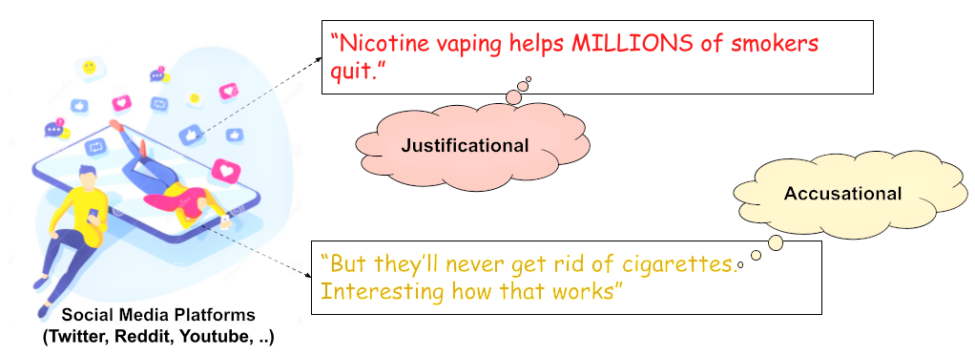
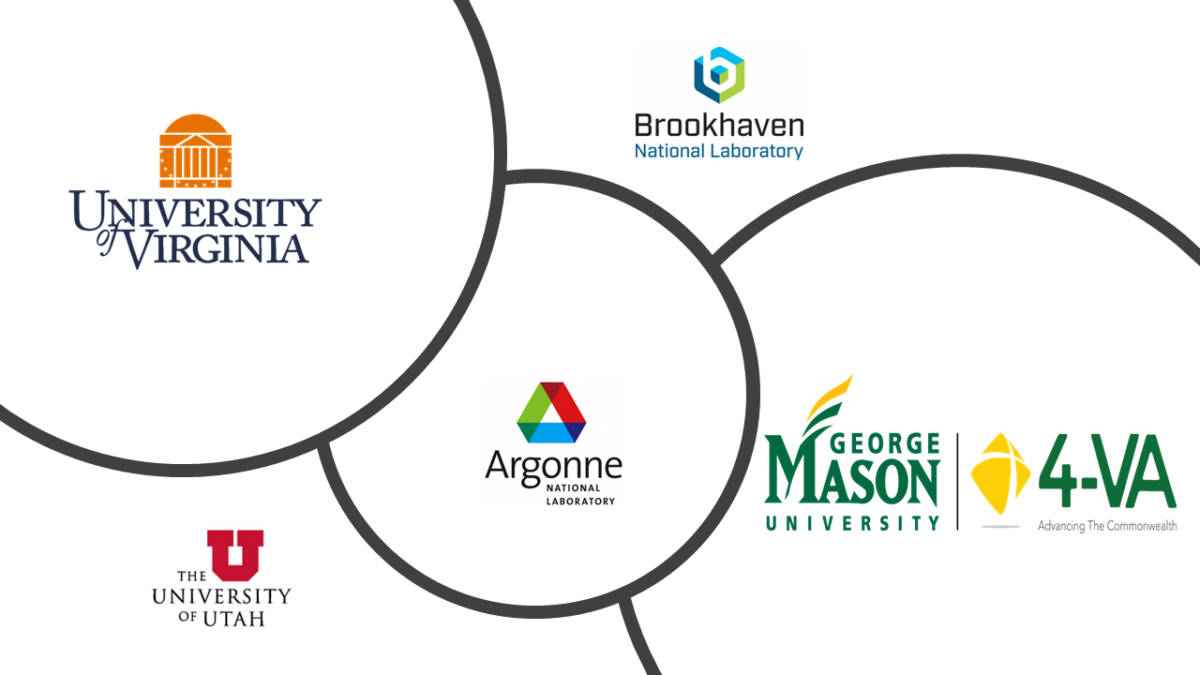




 With the preliminary findings, faculty and student researchers then designed and organized a Fall 2022 workshop titled “Renewal and Resilience: A Community of Student Activists,” which featured student activists fighting for food security, prison reform, racial justice, voting rights, LGBTQ rights, and gun control at Mason, Virginia Tech, and Virginia Commonwealth University. Following the student activist panel, Castle presented “Regenerating the Self,” encouraging participants to assess their well-being with the help of a self-care workbook. Participants were also encouraged to create their own maintenance plans to help in times of stress. Lisa Porter concluded the program by sharing an interview with Crimson Solano, a community leader of Harrisonburg-based Comité Salvadoreño Paisanos Unidos, a pro-immigrant policy advocate group.
With the preliminary findings, faculty and student researchers then designed and organized a Fall 2022 workshop titled “Renewal and Resilience: A Community of Student Activists,” which featured student activists fighting for food security, prison reform, racial justice, voting rights, LGBTQ rights, and gun control at Mason, Virginia Tech, and Virginia Commonwealth University. Following the student activist panel, Castle presented “Regenerating the Self,” encouraging participants to assess their well-being with the help of a self-care workbook. Participants were also encouraged to create their own maintenance plans to help in times of stress. Lisa Porter concluded the program by sharing an interview with Crimson Solano, a community leader of Harrisonburg-based Comité Salvadoreño Paisanos Unidos, a pro-immigrant policy advocate group.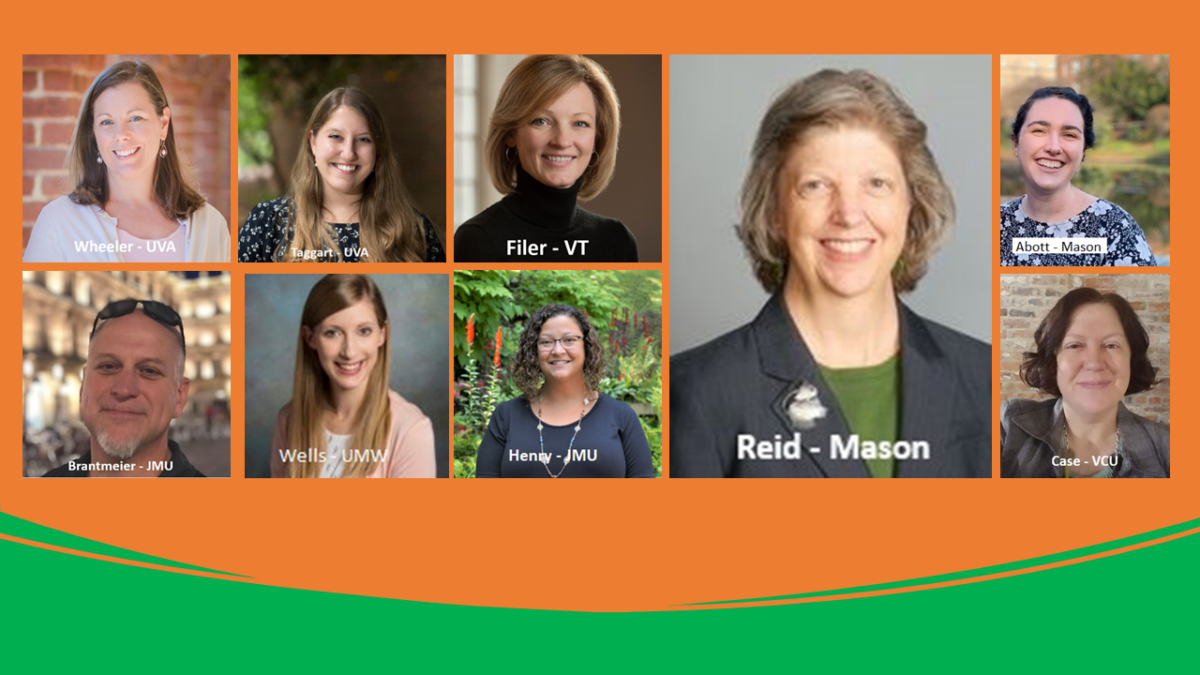
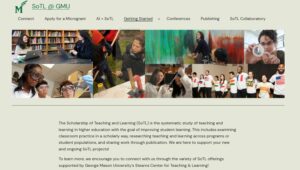 Next, the team created
Next, the team created 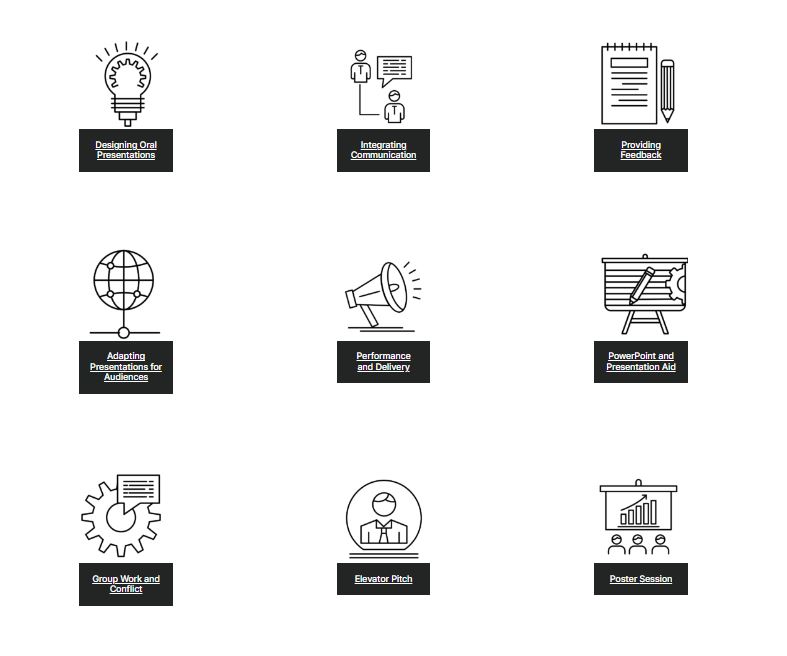

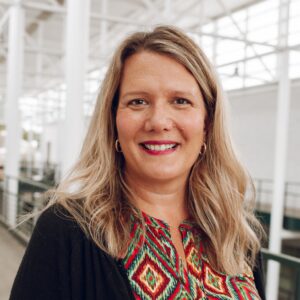
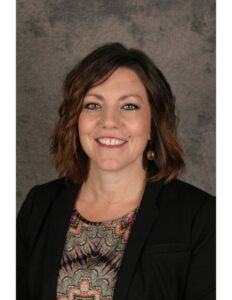


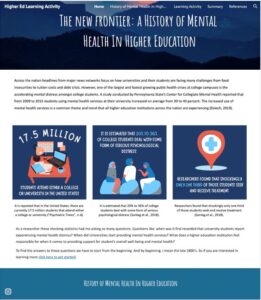 project on teaching and learning the history of higher education. Thirty-five students agreed to share their work for analysis and 24 were interviewed after completing the course. The survey and interview data made clear that students appreciated the value and relevance of studying the history of higher education for both their curricular and professional goals. One student explained, “We were able to take what we learned in the course and apply it to the project in a way that was very effortless, and that really helped me think about history in a different way.”
project on teaching and learning the history of higher education. Thirty-five students agreed to share their work for analysis and 24 were interviewed after completing the course. The survey and interview data made clear that students appreciated the value and relevance of studying the history of higher education for both their curricular and professional goals. One student explained, “We were able to take what we learned in the course and apply it to the project in a way that was very effortless, and that really helped me think about history in a different way.”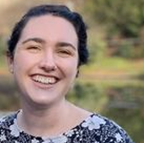
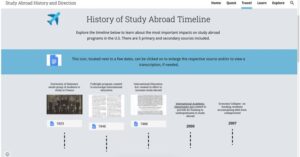 Each school contributed OER materials for the website. In addition to primary and secondary sources, the website now contains a database of institutional archives with digitized content, including yearbooks. Thanks to the two undergraduate research assistants, Azamy and Tcheo, over 700 institutional archives were cataloged on the site, including 48 Hispanic-serving institutions (HSIs), 24 historically black colleges and universities (HBCUs), and 15 women’s colleges. Additionally, the list includes 63 community colleges which is especially important given the lack of attention to these institutions historically.
Each school contributed OER materials for the website. In addition to primary and secondary sources, the website now contains a database of institutional archives with digitized content, including yearbooks. Thanks to the two undergraduate research assistants, Azamy and Tcheo, over 700 institutional archives were cataloged on the site, including 48 Hispanic-serving institutions (HSIs), 24 historically black colleges and universities (HBCUs), and 15 women’s colleges. Additionally, the list includes 63 community colleges which is especially important given the lack of attention to these institutions historically.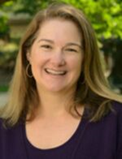 “This 4-VA project fostered meaningful and lasting collaboration across five Virginia institutions. While each university approached the history of higher education course from its own perspective, we were able to work together on a shared assignment that allowed for a rich learning experience among faculty and students across campuses. The results speak for themselves!” – Kelly Schrum, Professor, Higher Education Program, Affiliated Faculty, History and Art History, Mason
“This 4-VA project fostered meaningful and lasting collaboration across five Virginia institutions. While each university approached the history of higher education course from its own perspective, we were able to work together on a shared assignment that allowed for a rich learning experience among faculty and students across campuses. The results speak for themselves!” – Kelly Schrum, Professor, Higher Education Program, Affiliated Faculty, History and Art History, Mason “I sincerely appreciated having an opportunity to collaborate with colleagues across the state for this 4-VA project. Through our conversations and research, I developed new pedagogical approaches that benefited students and deepened my thinking about the history of higher education.”
“I sincerely appreciated having an opportunity to collaborate with colleagues across the state for this 4-VA project. Through our conversations and research, I developed new pedagogical approaches that benefited students and deepened my thinking about the history of higher education.” “We really enjoyed being part of this effort to expand student research on the history of higher education. Everyone came away from this project with a deeper understanding of how important it is to develop critical thinking skills and to look beyond our own institutions.”
“We really enjoyed being part of this effort to expand student research on the history of higher education. Everyone came away from this project with a deeper understanding of how important it is to develop critical thinking skills and to look beyond our own institutions.” “The website, which holds a treasure trove of student research and engagement from a wide range of institutions, will be invaluable as we move ahead in studying the complex and influential histories of American higher education.”
“The website, which holds a treasure trove of student research and engagement from a wide range of institutions, will be invaluable as we move ahead in studying the complex and influential histories of American higher education.” “When this asynchronous learning project was first introduced to the students, they were thrilled at the thought of not having to write a 20-page paper, however in the end, they did more work doing research on their chosen subject. They enjoyed this project because it allowed them a space for research and reflection, and it taught them how to create an interactive learning environment in an asynchronous environment. Being able to evaluate and participate in the projects created by other students in other universities across Virginia also taught them about their peers’ projects, too.”
“When this asynchronous learning project was first introduced to the students, they were thrilled at the thought of not having to write a 20-page paper, however in the end, they did more work doing research on their chosen subject. They enjoyed this project because it allowed them a space for research and reflection, and it taught them how to create an interactive learning environment in an asynchronous environment. Being able to evaluate and participate in the projects created by other students in other universities across Virginia also taught them about their peers’ projects, too.”
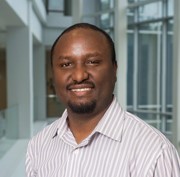
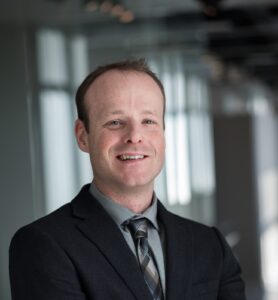

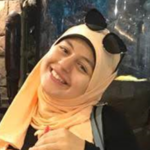

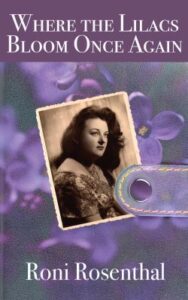 Researched and written over a 12-year period by Rosenthal, Where the Lilacs Bloom Once Again is based on her family’s genealogical papers as well as exhaustive document examination from around the world. It follows the story of Rosenthal’s grandmother’s cousin Friddie Stoleru, who was falsely charged with treason and spent the 1930s in prison and forced labor camps. The book recounts the lives of her family members during a time in Europe when discrimination and the persecution of Jewish people was at its peak.
Researched and written over a 12-year period by Rosenthal, Where the Lilacs Bloom Once Again is based on her family’s genealogical papers as well as exhaustive document examination from around the world. It follows the story of Rosenthal’s grandmother’s cousin Friddie Stoleru, who was falsely charged with treason and spent the 1930s in prison and forced labor camps. The book recounts the lives of her family members during a time in Europe when discrimination and the persecution of Jewish people was at its peak.